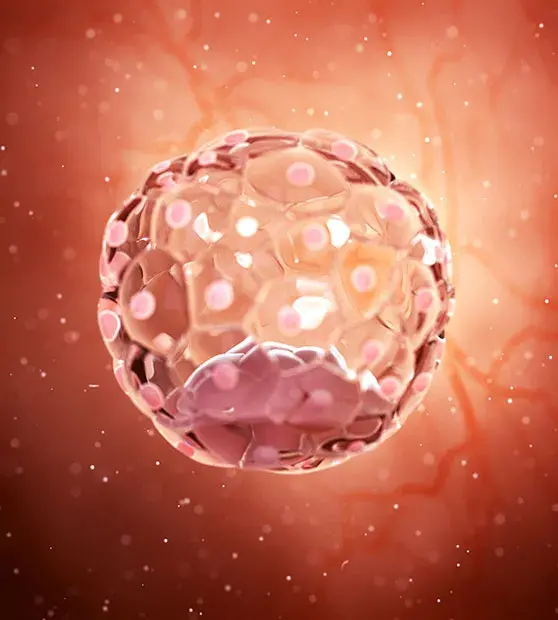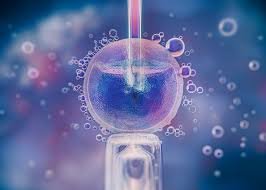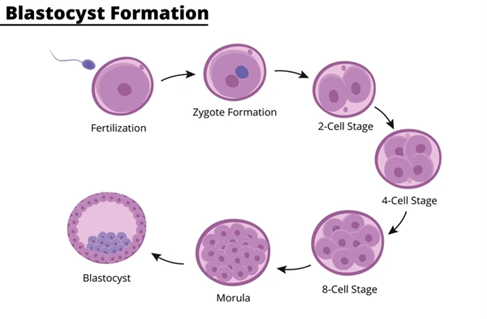Blastocyst Transfer
Blastocyst transfer is an advanced stage in the IVF process where embryos are cultured in the laboratory for five to six days after fertilization, allowing them to develop into the blastocyst stage before being transferred to the uterus. This stage of embryo growth is considered highly significant because only the strongest embryos reach this point, increasing the likelihood of successful implantation. By transferring a blastocyst instead of an earlier-stage embryo, the treatment closely mimics the natural timing of embryo entry into the womb, thus improving pregnancy outcomes.
Science Behind Blastocyst Development
In a natural conception, fertilization occurs in the fallopian tube, and the embryo travels to the uterus over several days, reaching the blastocyst stage before implantation. In IVF, blastocyst culture replicates this process under controlled laboratory conditions. Embryologists monitor the embryos daily, ensuring optimal growth and selecting the healthiest ones for transfer. The blastocyst has two main structures — the inner cell mass, which develops into the baby, and the trophoblast, which forms the placenta. A well-developed blastocyst has a higher chance of implantation, leading to a viable pregnancy.


Benefits of Choosing Blastocyst Transfer
One of the most significant advantages of blastocyst transfer is the higher implantation rate compared to earlier-stage transfers. Because only strong embryos survive to the blastocyst stage, there is a natural selection process that improves the chances of a successful pregnancy. This approach also reduces the need to transfer multiple embryos, lowering the risk of multiple pregnancies while still maintaining high success rates. Additionally, blastocyst transfer allows for better synchronization with the uterine lining, increasing the likelihood of a healthy pregnancy.
Procedure and What to Expect
The process begins with standard IVF steps, including ovarian stimulation, egg retrieval, and fertilization. After fertilization, embryos are cultured for five to six days in a specialized incubator that maintains precise temperature, pH, and nutrient conditions. When the embryo reaches the blastocyst stage, it is carefully placed into the uterus using a thin catheter in a painless, quick procedure. Patients can resume normal activities shortly afterward, though light rest is often recommended on the day of transfer. The next stage involves a waiting period of around 10–14 days before a pregnancy test can confirm results.

Our Expertise in Blastocyst Transfer
At our fertility center, we combine cutting-edge technology with years of clinical expertise to offer the highest possible chances of success with blastocyst transfer. Our embryology laboratory is equipped with state-of-the-art culture systems, and our specialists are highly experienced in embryo selection and transfer techniques. Every treatment plan is tailored to the patient’s specific needs, ensuring the best possible environment for embryo development. We pride ourselves on providing compassionate care, complete transparency, and continuous support throughout your fertility journey. To take the next step towards building your family, contact our team today — your dream of parenthood could be closer than you think.
